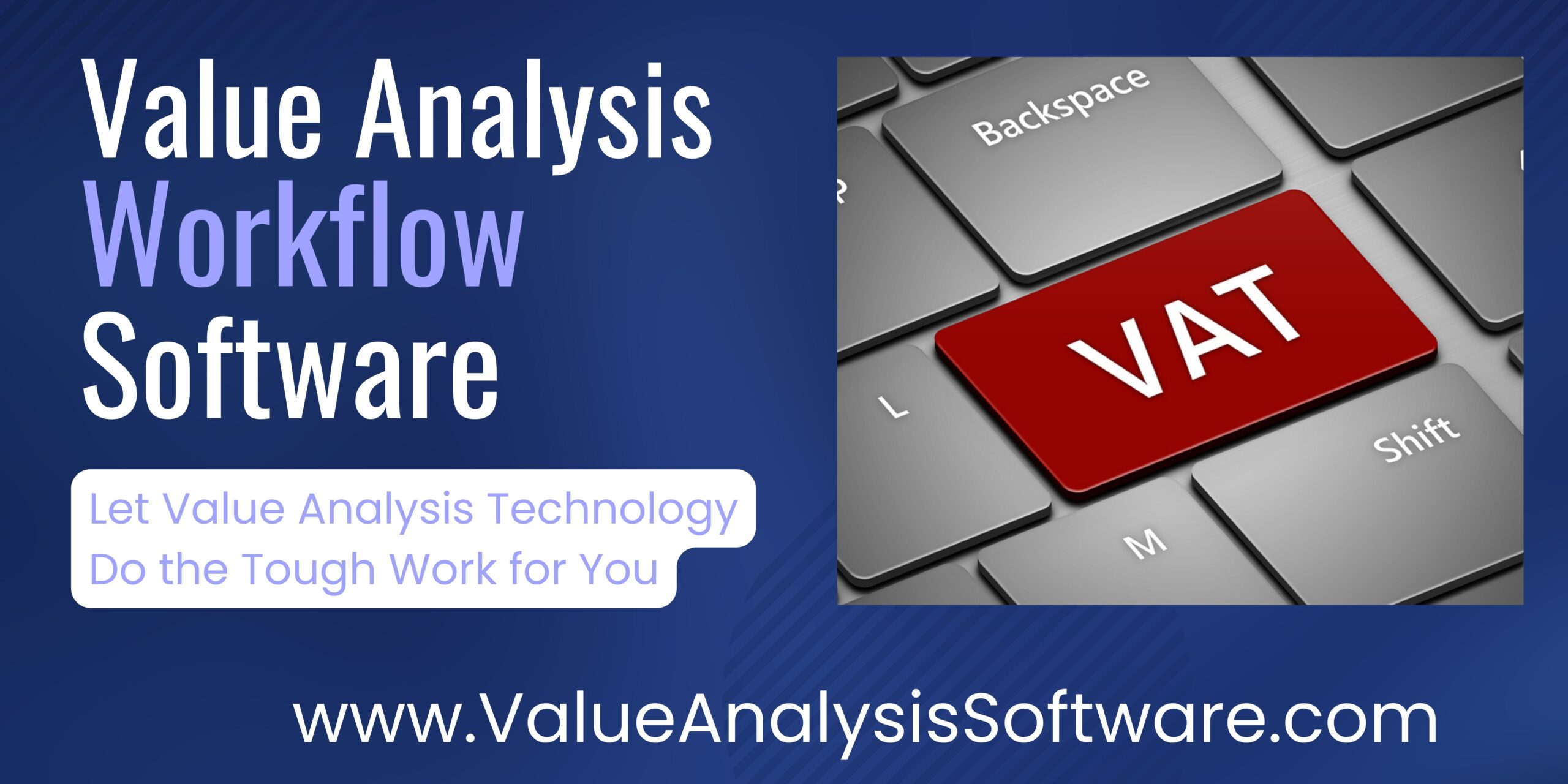Dee Donatelli, RN, BSN, MBA, Sr. Vice President, Provider Services, Hayes, Inc.
“Insanity is doing the same thing over and over again but expecting different results." Whether we should attribute this maxim to Ben Franklin, Albert Einstein, or Rita Mae Browne is debatable. What is clear, however, is that when it comes to supply chain and value analysis, we’re completely insane.
For years, we’ve been doing the same thing—relying on contracting and standardization strategies to reduce costs by finding ways to limit the variety of products used for the same clinical application, which, in theory, eliminates wasteful and inefficient consumption or misuse. Granted, these approaches to the purchase of consumables, devices, and in particular, physician-preference items have been effective ways to drive down utilization costs and improve efficiency. But the question we need to ask is, “Are the products purchased really superior to others on the market with regard to patient outcomes and safety?” Without an evidence-based comparison of competing products, the products and health technologies we use may not be the best ones from a clinical performance perspective.
If we truly want to optimize patient outcomes and realize significant cost savings throughout the supply chain, then it’s time we started using clinically based criteria to make decisions about the items we use in the course of delivering medical services to our patients. The missing link in all traditional value analysis models has been any consistent and structured consideration of the clinical effects of the purchasing decision. Using evidence-based value analysis (EBVA) to assess and compare the clinical value, as well as the operational and financial impact, of new and existing health technologies advances traditional value analysis to the next level.
In the current marketplace, most organizations are already adept at factoring physician preference, costs, and operational considerations into their purchasing decisions. However, very few have taken the leap to include clinical evidence in the process.
By incorporating unbiased evidence of efficacy and safety, operational impact, and return on investment, both clinical and financial, it is possible to change the purchasing of products and services from a price-focused, nonclinical approach to a fact-based, objective, clinical quality focus. This type of EBVA process results in high-quality medical care and physician buy-in. More importantly, EBVA enables institutions to achieve cost savings that are sustainable over time, even as new products enter the marketplace.
How do we formulate an evidence-based process? Here’s a radical idea. Let’s take value analysis out of the supply chain and move it further upstream with the clinicians, so we can begin by assessing clinical effectiveness and safety. Let’s move away from vetting contracts and negotiating discounts and start by asking an important, perhaps the most important, question, “What does the evidence show us?”
In this advanced value-analysis model, it is only after we determine the clinical value of a health technology that other factors such as utilization, cost, and physician preference come into play. In other words, show me the evidence first, and then we can discuss operational and financial considerations.
Keep in mind, although the dual objectives of EBVA are clinical and financial, clinical quality and safety form the foundation for any purchasing decisions. From a clinical perspective, EBVA seeks to:
· Facilitate a consistent approach to the adoption of safe and effective medical technologies that will result in improved patient outcomes.
· Establish an evidence-based approach to product acquisition and utilization that is embedded within a larger strategic planning process.
· Promote delivery of new and innovative approaches to healthcare in a cost effective manner.
From a financial perspective, EBVA aims to improve the institution’s bottom line by:
· Evaluating the financial impact and cost-effectiveness of new health technologies, including PPIs.
· Determining, prior to purchasing, whether new health technologies will be reimbursed and, if yes, whether reimbursement will be commensurate with the technology’s total cost of use.
· Encourage clinicians to reduce hospital supply chain costs through the standardization of procedures, implants, and consumables.
It’s time to stop the insanity, especially in light of the paradigm shift being driven by the Affordable Care Act (ACA) and its component value-based and ACO initiatives. In the future, when U.S. hospitals will receive payments for inpatient services that are based on the quality of the care rather than the quantity of services, it will be possible to align clinical objectives with fiscal realities. EBVA is the key!
Ms. Donatelli has more than 30 years of experience in the healthcare industry, with expertise in the areas of supply chain cost reduction and value analysis. Before joining Hayes, Ms. Donatelli was Vice President of Performance Services at VHA, Inc., where she provided executive leadership and direction for VHA’s consulting services, including Clinical Quality Value Analysis.
Hayes, Inc. (http://www.hayesinc.com), an internationally recognized leader in health technology research and consulting, is dedicated to promoting better health outcomes through the use of evidence. The unbiased information and comparative-effectiveness analyses it provides enable evidence-based decisions about acquiring, managing, and paying for health technologies. Dee can be reached at ddonatelli@hayesinc.com for questions or comments.





